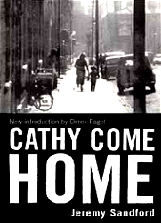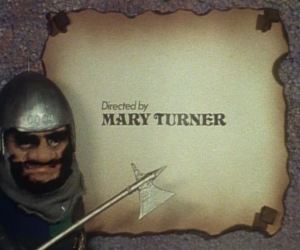
After the unexpected box-office success of Carry On Sergeant (1958), the team of producer Peter Rogers, director Gerald Thomas and screenwriterNorman Hudis quickly came up with another comedy using the same template, this time set in an NHS hospital. Carry On Nurse (1959) was financially even more successful than the first, and a surprise hit in America, leading to a five-year contract for Rogers and Thomas to provide more of the same.
They subsequently repeated its popular formula directly in such medically-themed films as the near-remake Carry On Doctor (d. Thomas, 1967), as well as Carry On Again Doctor (d. Thomas, 1969) and Carry On Matron (d. Thomas, 1972).
Like the previous film, Carry On Nurse was based on a pre-existing property owned by Rogers - Ring for Catty, written by Jack Searle and actor Patrick Cargill - and once again features a pair of romantic lovers (Shirley Eaton and Terence Longdon, who both appeared in Sergeant), around which a series of comic and sentimental episodes are loosely stitched together. The glue that binds the film is the Greek chorus of character comedians, many of whom simply reprise their roles fromCarry On Sergeant.
Once again, Kenneth Williams is the supercilious intellectual, Kenneth Connor is the 'little man', Charles Hawtrey the campy outsider and Hattie Jacques the no-nonsense authoritarian matron. To these are added Leslie Phillips, (who, playing a character named Jack Bell, utters his immortal catchphrase "Ding dong, you're not wrong" when his name is called out), while Joan Sims makes the first of her 24 Carry On appearances as an accident-prone trainee nurse.
It is probably best remembered, however, for its notorious final gag, in which the nurses decide to get even with the overbearing Colonel, played by Wilfrid Hyde-White, by replacing a rectal thermometer with a daffodil.

THE
MONTHLY FILM BULLETIN
Published by
THE BRITISH FILM INSTITUTE
Volume 26, No.303, April 1959, page 45
CARRY ON NURSE (1958)
The nurses of a men's surgical ward at the Haven Hospital have equal difficulty in resisting the advances of their charges and meeting the demands of their martinet Matron. Individual pursuits among the patients range from nuclear physics to studying racing form, but these are eventually forgotten in the collective pursuit of an unofficial operation on the bunion of a new patient, anxious for a speedy discharge so that he can enjoy a gay weekend. This operation, performed in a general state of intoxication, is not a success, since all concerned succumb to laughing gas.
A somewhat stale farce, mixing slapstick, caricature and crudely anatomical humour, puts life in a public hospital ward into the same cheerlessly rollicking category as the barrack-room. Predictably, the main butt is Matron, and at least one sequence implies a strongly intended criticism of the type of Matron who makes a fetish of details that have no real bearing on the patients' well-being whatever.
The Monthly Film Bulletin was published by the British Film Institute between 1934 and 1991. Initially aimed at distributors and exhibitors as well as filmgoers, it carried reviews and details of all UK film releases. In 1991, the Bulletin was absorbed by Sight and Sound magazine.


















































